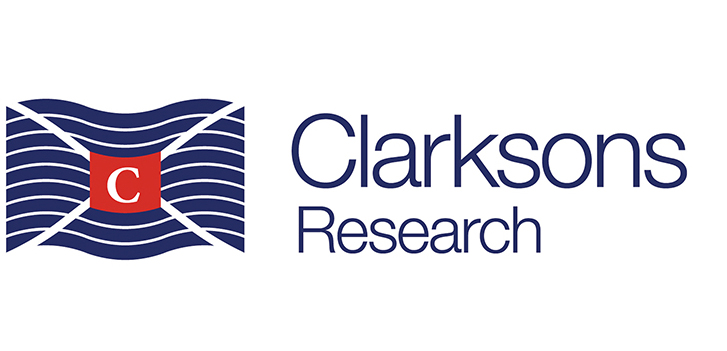
Ahead of SMM 2022 in Hamburg, Clarksons Research produced a review comparing the improving shipping markets today compared to the previous SMM in 2018. Reviewing the data points, Steve Gordon, Managing Director of Clarksons Research commented:
2018: Green Shoots
Back at SMM in 2018, the shipping industry was only beginning to pick itself up “off the floor” and newbuild order volumes were slowly returning after the “drought” of 2016. Unlike today, the biggest success story was Cruise (and for the European yards involved). And for many suppliers, opportunities around Ballast Water (24% of tonnage had a system fitted, 67% today) and the IMO 2020 sulphur cap (407 vessels were scrubber fitted, >4,600 today) were growing. Decarbonisation targets were agreed by IMO (April 2018) but some of the clarity around IMO 2030 short term measures was lacking and ordering of alternative fuelled vessels limited.
2020: Managing Disruption
As we profiled in our Covid-19: Shipping Market Impact Assessment series, at the time of the postponed SMM, an initial economic “shock” (seaborne trade fell 7% in Q2-20) was starting to be replaced by rebounding volumes (e.g. container, dry bulk) and congestion levels supportive of surging freight (container freight up fivefold to record highs in 2021). Despite lockdowns / supply chain disruption, yards and suppliers were generally resilient and able to meet production commitments. And as policymakers and corporates looked to post Covid-19 planning, emissions targets moved even further “centre stage”.
2022: Recovery
In 2021, global newbuild contracting reached its highest tonnage levels since 2013, supported by all time high containership orders (4.3m teu) and strong charter markets (our overall day rate index, the ClarkSea, averaged $38,330/day this August, up threefold on 2018). Although newbuild ordering has eased in 2022 (still 10% up on 2018), there have been record orders in LNG (with energy security in focus). Prices are up 25% on 2018 (to their highest since 2009). The orderbook is still only 10% of the fleet (lower in tankers / bulkers), shipbuilding output is down 16% (but will trend upwards from 2023) and the active yard count lower. The world fleet is up 13% by GT: average age has crept up 1.7 yrs.
Fuelling Transition
Alongside the overall ordering increase, investment in alternative fuel is growing* (record 37% of orders, 60% by tonnage, ytd). Dual fuel LNG leads the way (>298 orders ytd, 38% of all orderbook tonnage) alongside orders for methanol and battery hybrid (smaller vessels). Ammonia “ready” orders are increasing (>71 orders ytd). Energy Saving Technologies (ESTs), and associated retrofitting opportunities for suppliers / repair yards, are also trending upwards (driven by the pending EEXI / CII and a record fuel bill). Despite current economic headwinds, inflationary pressures and a now softening container market, our long term analysis suggests growing opportunities for suppliers / yards as fleet renewal requirements and the fuelling transition accelerate. Timing may be “lumpy” as the industry manages cycles, technology uncertainty & regulatory risk, but huge investment is needed. Enjoy SMM!
Clarksons Research at SMM 2022
You can find Clarksons Research at SMM in Hall B1, Stand B1.OG.304.
World Fleet Register provides comprehensive, authoritative and timely information in a powerful and user-friendly format across the shipping industry.
Clarksons Research are market leaders in the provision of independent data, intelligence and analysis around shipping, trade, offshore and maritime energy transition. Millions of data points are processed and analysed each day to provide trusted and insightful intelligence to thousands of organisations across maritime. Better data for better decisions.
The opinions expressed herein are the author's and not necessarily those of The Xinde Marine News.
Please Contact Us at:
media@xindemarine.com


 Ningbo Containerized Freight Index Weekly Commentar
Ningbo Containerized Freight Index Weekly Commentar  Ningbo Containerized Freight Index Weekly Commentar
Ningbo Containerized Freight Index Weekly Commentar  Ningbo Containerized Freight Index Weekly Commentar
Ningbo Containerized Freight Index Weekly Commentar  BIMCO Shipping Number of the Week: Bulker newbuildi
BIMCO Shipping Number of the Week: Bulker newbuildi  Ningbo Containerized Freight Index Weekly Commentar
Ningbo Containerized Freight Index Weekly Commentar  Ningbo Containerized Freight Index Weekly Commentar
Ningbo Containerized Freight Index Weekly Commentar